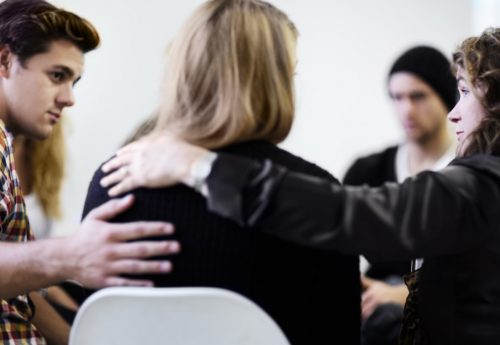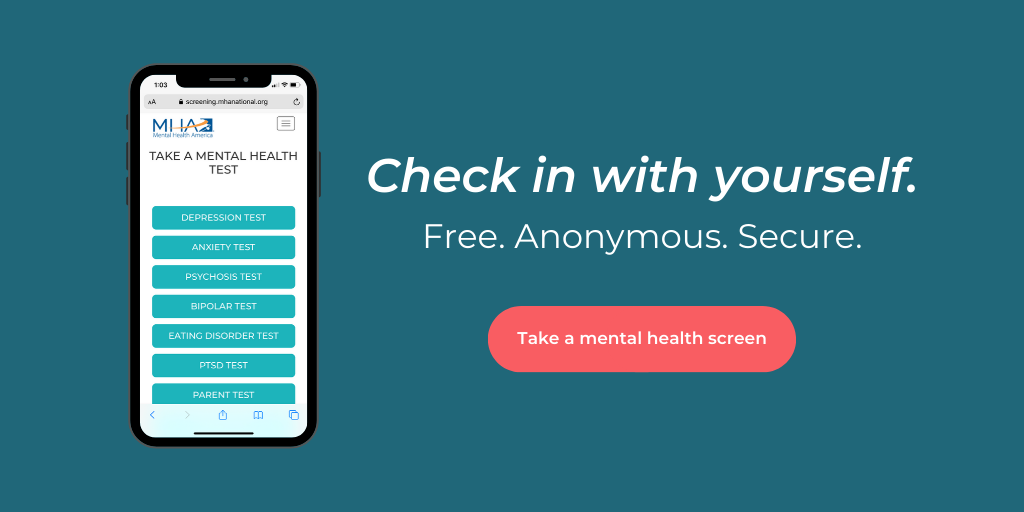Attention-deficit hyperactivity disorder (ADHD) is one of the most common reasons children are referred for mental health services. It affects as many as one in every 20 children. Although boys are three to four times more likely than girls to experience ADHD, the disorder affects both boys and girls.
While the condition is most often associated with children, there has been a more recent understanding the Attention Deficit Disorders (ADD, ADHD) continue into adulthood for many individuals. Symptoms such as inattention, impulsivity and over activity are now known to continue into adulthood for a significant percentage of children with ADD. Unfortunately, relatively few adults are diagnosed or treated for ADD.
The prevalence of ADD in adults is unknown; very few have been studied. In the few treatment studies of adults, there does not appear to be a significant sex difference. About two-thirds of the children who are diagnosed in or before elementary school with ADD continue to have behavioral symptoms in adolescence. During this time period, associated behavioral, learning, and emotional problems also manifest themselves. Approximately one-third to one-half of these adolescents continue to have symptoms of ADD during their adult years.
ADHD is nobody’s fault. Researchers believe that biology and genes play a large role in the development of ADHD. In fact, 30 to 40 percent of children diagnosed with ADHD have relatives with the same disorder. Brain scans reveal that the brains of children with ADHD differ from those of children without the disorder. Children with ADHD are thought to have problems with the part of the brain that controls the organization and direction of thought and behavior.
The exact cause or causes of ADD are not conclusively known. Scientific evidence suggests that in many cases the disorder is genetically transmitted and is caused by an imbalance or deficiency in certain chemicals that regulate the efficiency with which the brain controls behavior. A 1990 study at the National Institute of Mental Health correlated ADD with a series of metabolic abnormalities in the brain, providing further evidence that ADD is a neurobiological disorder.
While heredity is often indicated, problems in prenatal development, birth complications, or later neurological damage can contribute to ADD. There is little scientific evidence to suggest that environmental factors, dietary factors such as food dyes or sugar, inner-ear problems or “visual motor” difficulties are the underlying cause of ADD.
ADHD
There are three main types of ADHD. One type is characterized by inattentiveness, one type is characterized by hyperactive or impulsive behavior, and the third type is combined—when children exhibit signs of both types. Symptoms are often unnoticed until a child enters school. To be diagnosed with ADHD, a child must show symptoms in at least two settings, such as home and school, and the symptoms must interfere with the child’s ability to function at home or school for at least six months. Specialists have agreed that at least six symptoms from the following lists must be present for an accurate diagnosis, and symptoms must begin by age 7.
Signs of inattentive behavior:
- Has difficulty following instructions
- Has difficulty focusing on tasks
- Loses things at school and at home
- Forgets things often
- Becomes easily distracted or has difficulty listening
- Lacks attention to detail, makes careless mistakes or is disorganized
- Fails to complete homework or tasks
Signs of hyperactive behavior:
- Is fidgety.
- Leaves seat when shouldn’t.
- Runs or climbs inappropriately.
- Talks excessively.
- Difficulty playing quietly.
- Always on the go.
- Blurts out answers.
- Has trouble waiting turn.
- Interrupts.
The presence of some symptoms, however, does not confirm a diagnosis of ADHD. Just because a child has a lot of energy or difficulty paying attention in school does not mean the child has ADHD. An accurate diagnosis relies on the presence of a range of symptoms and difficulties that prevent the child from performing at an appropriate level for his or her age and intelligence level. Teachers often first observe these issues, and their input should be considered seriously.
ADD
Adults who are living with the condition, and especially those who are undiagnosed and untreated, may be experiencing a number of problems, some of which stem directly from the disorder and others that are the result of associated adjustment patterns.
Current symptoms of an adult with ADD may include:
- Distractibility
- Disorganization
- Forgetfulness
- Procrastination
- Chronic lateness
- Chronic boredom
- Anxiety
- Depression
- Low self-esteem
- Mood swing
- Employment problems
- Restlessness
- Substance abuse or addictions
- Relationship problems
The symptoms of ADD can be variable and situational, or constant. Some people with ADD can concentrate if they are interested or excited, while others have difficulty concentrating under any circumstances. Some avidly seek stimulation, while others avoid it. Some become oppositional, ill-behaved and, later, antisocial; others may become ardent people-pleasers. Some are outgoing, and other, withdrawn.
For Adults with ADD
The methods of treatment supported by professionals may include a combination of education for the adult and his or her family and close friends, educational/employment accommodations, medication, and counseling. Appropriate treatment is determined according to the severity of an individual’s disorder and the type and number of associated problems.
Many people have benefited from a treatment plan that includes medication. Used in conjunction with education and counseling, it can provide a base from which adults can build new successes. The purpose of medication is to help the adult to help him or herself. It provides the biological support needed for self-control. As such, the individual is not “controlled” by medication; the efforts to succeed are his or her own.
Some tips that adults with ADD have found useful include:
- Use internal structure. This includes using date books, lists, notes to oneself, color coding, routines, reminders and files.
- Choose “Good Addictions.” Select exercise or other healthy, favorite activities for a regular structured “blow-out” time.
- Set up a Rewarding Environment. Design projects, tasks, etc., to minimize or eliminate frustration. Break large tasks into smaller ones; prioritize.
- Use Time-outs. Take time to calm down and regain perspective when upset, overwhelmed or angry. Walk away from a situation if needed.
- Use Humor. It’s useful if partners and colleagues are constantly providing an aggressive push to help one stay on track as long as it’s done with humor and sensitivity. Learn to view symptoms of ADD with humor and to joke with close friends and relatives about symptoms such as getting lost, forgetfulness, etc.
- Become Educated and an Educator. Read books. Talk to professionals. Talk to other adults who have ADD. Let people who matter know about personal strengths and weaknesses related to ADD. Be an advocate.
For Parents and Caregivers of Children with ADHD
Children with symptoms of ADHD should be referred to and evaluated by a mental health professional who specializes in treating children, unless your primary care doctor has experience in treating this disorder. The diagnostic evaluation should include behavioral observation in the classroom and at home. A comprehensive treatment plan should be developed with the family, and, whenever possible, the child should be involved in making treatment decisions. Educational testing should be performed when learning disabilities are present.
Treatment for ADHD is effective for most children. Early identification, diagnosis and treatment help children reach their full potential. The most effective treatments for ADHD include a combination of medication, behavioral therapy, and parental support and education. Nine out of 10 children respond to medication, and 50 percent of children who do not respond to an initial medication will respond to a second. When ADHD co-occurs with another disorder, such as depression or anxiety, a combination of medication and psychotherapy is shown to be particularly effective. Although the value of medication has been well-documented, parents should feel free to discuss any concerns about medication use with their child’s doctor. Click here for a guide to medications used in the treatment of childhood ADHD.
If your child or a child you know is diagnosed with ADHD, be patient. Even with treatment, symptoms may take time to improve. Instill a sense of competence in the child or adolescent. Promote his or her strengths, talents and feelings of self-worth. Remember that the side effects of untreated ADHD (such as failure, frustration, discouragement, social isolation, low self-esteem and depression) may cause more problems than the disorder itself.
Get additional information about ADD at Psych Central.
Children and Adults with Attention Deficit Disorders (CHADD)
8181 Professional Place
Suite 150
Landover, MD 20785
Phone Number: (301) 306-7070
Toll-Free Number: (800) 233-4050
Fax-Number: (301) 360-7090
www.chadd.org
CHADD Resource Directory
Children and Adults with Attention Deficit/Hyperactivity Disorder (CHADD) is the national resource on ADHD. Individuals can use an online directory to find resources in their area such as clinicians, support groups and more.
Mental Health Treatments
There is no treatment that works for everyone – individuals can choose the treatment, or combination of treatments, that works best.
Working From Home with ADHD
To get stuff done, you need to have good focus, organization, and time management skills – all things that many individuals with ADHD struggle with, even in the best of circumstances.






